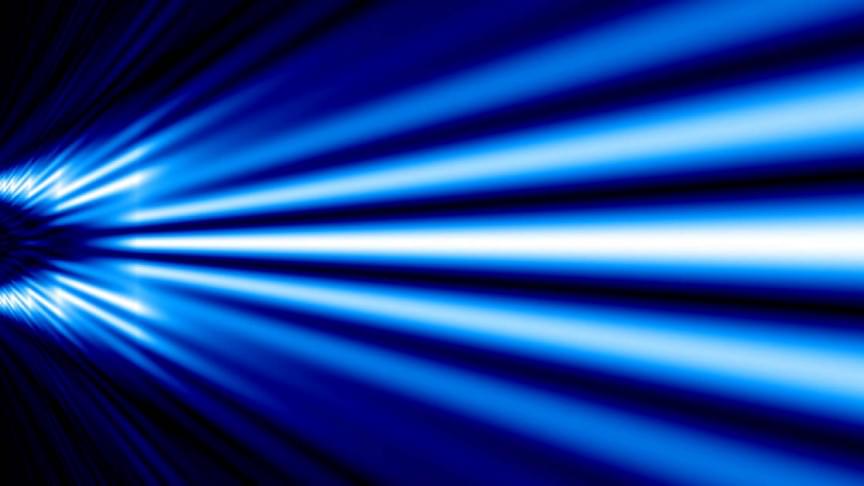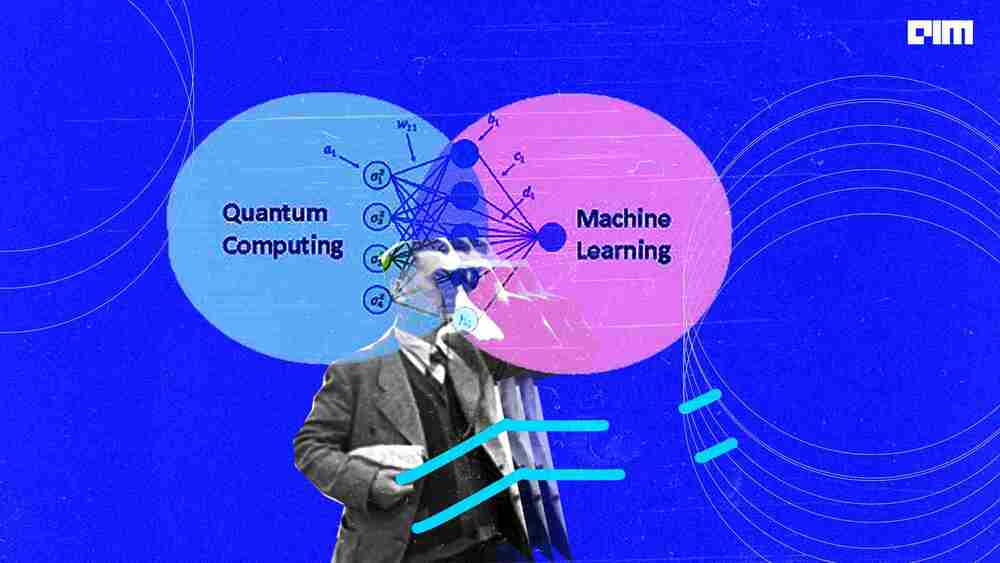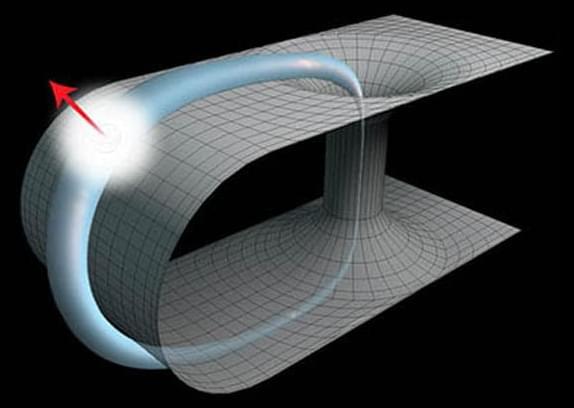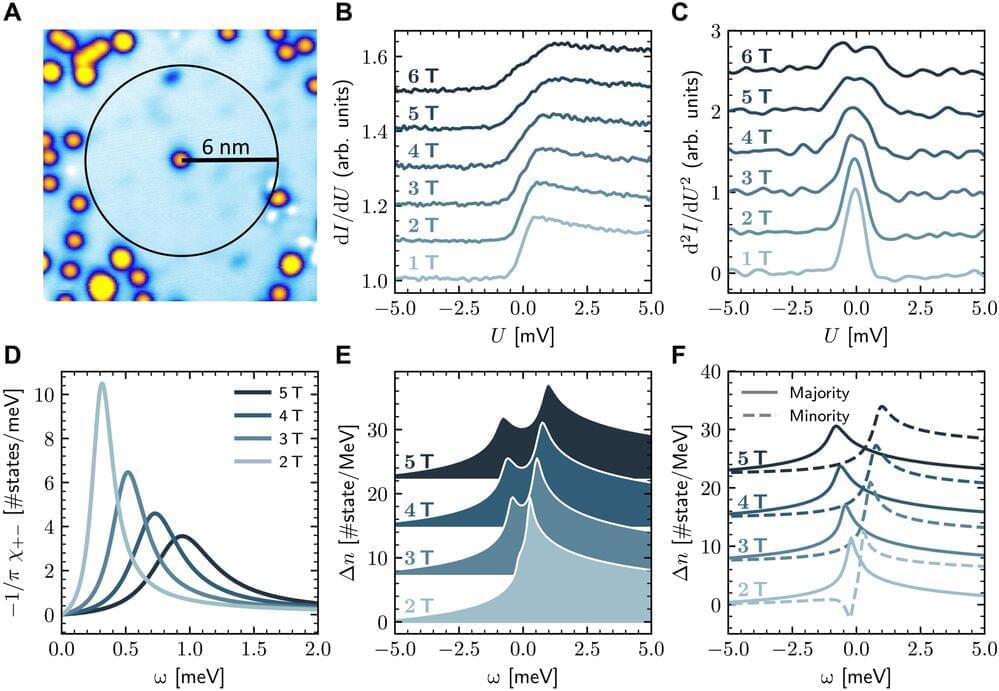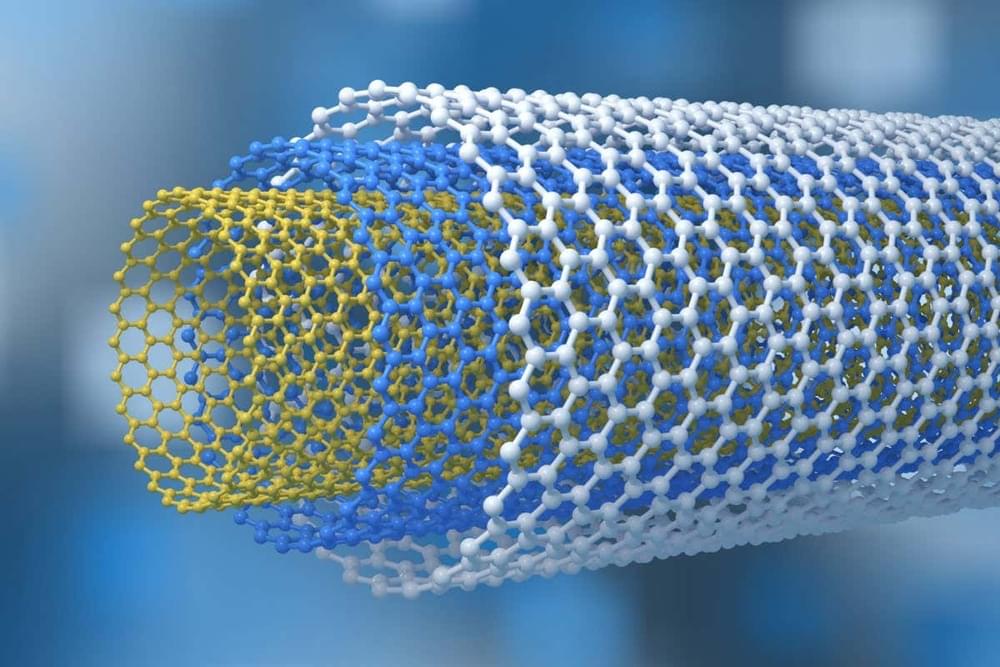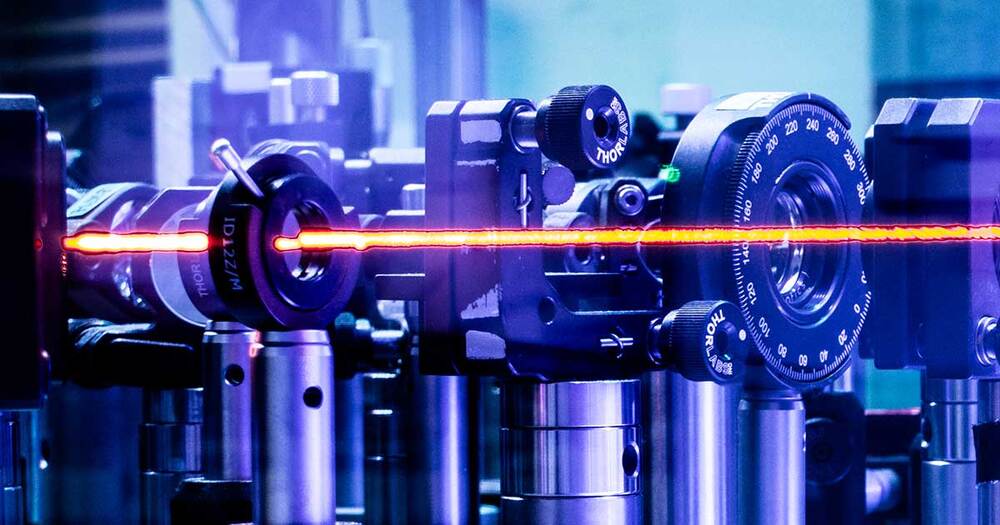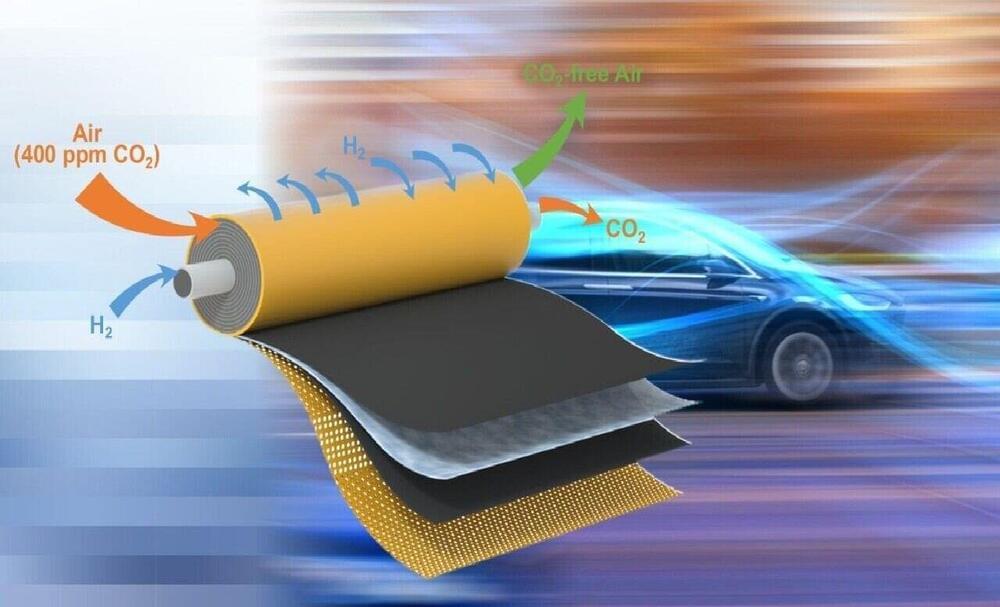Archive for the ‘quantum physics’ category: Page 252
Feb 9, 2022
“Boson Clouds” Could Explain Dark Matter
Posted by Saúl Morales Rodriguéz in categories: cosmology, particle physics, quantum physics
The nature of dark matter continues to perplex astronomers. As the search for dark matter particles continues to turn up nothing, it’s tempting to throw out the dark matter model altogether, but indirect evidence for the stuff continues to be strong. So what is it? One team has an idea, and they’ve published the results of their first search.
The conditions of dark matter mean that it can’t be regular matter. Regular matter (atoms, molecules, and the like) easily absorbs and emits light. Even if dark matter were clouds of molecules so cold they emitted almost no light, they would still be visible by the light they absorb. They would appear like dark nebula commonly seen near the galactic plane. But there aren’t nearly enough of them to account for the effects of dark matter we observe. We’ve also ruled out neutrinos. They don’t interact strongly with light, but neutrinos are a form of “hot” dark matter since neutrinos move at nearly the speed of light. We know that most dark matter must be sluggish, and therefore “cold.” So if dark matter is out there, it must be something else.
In this latest work, the authors argue that dark matter could be made of particles known as scalar bosons. All known matter can be placed in two large categories known as fermions and bosons. Which category a particle is in depends on a quantum property known as spin. Fermions such as electrons and quarks have fractional spin such as 1/2 or 3/2. Bosons such as photons have an integer spin such as 1 or 0. Any particle with a spin of 0 is a scalar boson.
Feb 9, 2022
Top resources to learn quantum machine learning
Posted by Jose Ruben Rodriguez Fuentes in categories: business, information science, quantum physics, robotics/AI
Quantum computing and machine learning are two of the most exciting technologies that can transform businesses. We can only imagine how powerful it can be if we can combine the power of both of these technologies. When we can integrate quantum algorithms in programs based on machine learning, that is called quantum machine learning. This fascinating area has been a major area of tech firms, and they have brought out tools and platforms to deploy such algorithms effectively. Some of these include TensorFlow Quantum from Google, Quantum Machine Learning (QML) library from Microsoft, QC Ware Forge built on Amazon Braket, etc.
Students skilled in working with quantum machine learning algorithms can be in great demand due to the opportunities the field holds. Let us have a look at a few online courses one can use to learn quantum machine learning.
In this course, the students will start with quantum computing and quantum machine learning basics. The course will also cover topics on building Qnodes and Customised Templates. It also teaches students to calculate Autograd and Loss Function with quantum computing using Pennylane and to develop with the Pennylane.ai API. The students will also learn how to build their own Pennylane Plugin and turn Quantum Nodes into Tensorflow Keras Layers.
Feb 9, 2022
A CMOS-based chip that integrates silicon quantum dots and multiplexed readout electronics
Posted by Saúl Morales Rodriguéz in categories: computing, quantum physics
Researchers at École Polytechnique Fédérale de Lausanne (EPFL) and the Hitachi Cambridge Laboratory have recently designed an integrated circuit (IC) that integrates silicon quantum dots with conventional readout electronics. This chip, introduced in a paper published in Nature Electronics, is based on a 40-nm cryogenic complementary metal-oxide semiconductor (CMOS) technology that is readily and commercially available.
“Our recent paper builds on the expertise of the two groups involved,” Andrea Ruffino, one of the researchers at EPFL who carried out the study, told TechXplore. “The goal of our group was to build cryogenic (Bi)CMOS integrated circuits for readout and control of quantum computers, to be co-packaged or co-integrated in the final stage with silicon quantum processors. On the other hand, the team at the Hitachi Cambridge Laboratory have been studying silicon quantum devices for many years.”
Ruffino and his colleagues at EPFL joined forces with the team at the Hitachi Cambridge Laboratory with the common goal of uniting classical circuits and quantum devices on a single chip. Their paper builds on some of their previous efforts, including the proposal of cryogenic CMOS ICs for quantum computing, as well as the realization of fast-sensing and time-multiplexed sensing of silicon quantum devices.
Feb 6, 2022
Photons simulate time travel in the lab
Posted by Dan Kummer in categories: encryption, quantum physics, time travel
Feb 4, 2022
Atomically crafted quantum magnets and their anomalous excitations
Posted by Saúl Morales Rodriguéz in categories: energy, nanotechnology, quantum physics
Quantum magnets can be studied using high-resolution spectroscopic studies to access magnetodynamic quantities including energy barriers, magnetic interactions, and lifetime of excited states. In a new report now published in Science Advances, Sascha Brinker and a team of scientists in advanced simulation and microstructure physics in Germany studied a previously unexplored flavor of low-energy spin excitation for quantum spins coupled to an electron bath. The team combined time-dependent and many-body perturbation theories and magnetic field-dependent tunneling spectra to identify magnetic states of the nanostructures and rationalized the results relative to ferromagnetic and antiferromagnetic interactions. The atomically crafted nanomagnets are appealing to explore electrically pumped spin systems.
Anomalous magnetodynamics
Magnetodynamics at the atomic scale form the cornerstone of spin-based nanoscale devices with applications in future information technologies. Interactions of local spin states also play a crucial role with the local environment to determine their properties. Researchers have described the impact of orbital hybridization effects, charge transfer, and the presence of nearby impurities as strong influencers on the magnetic ground state, to determine a range of magnetodynamic qualities, including magnetic anisotropy, spin lifetime and spin-relaxation mechanisms. Experimental methods can be developed to directly capture these properties and analyze the magnetic phenomena of classical and semiclassical descriptions at sub-nanometer scales to reveal the emergence of exquisite quantum mechanical effects.
Feb 4, 2022
The Omega Singularity: The Cosmological Projector of All Possible Timelines
Posted by Alex Vikoulov in categories: computing, cosmology, mathematics, neuroscience, quantum physics, singularity

E verything is Code. Immersive [self-]simulacra. We all are waves on the surface of eternal ocean of pure, vibrant consciousness in motion, self-referential creative divine force expressing oneself in an exhaustible variety of forms and patterns throughout the multiverse of universes. “I am” the Alpha, Theta & Omega – the ultimate self-causation, self-reflection and self-manifestation instantiated by mathematical codes and projective fractal geometry.
In my new volume of The Cybernetic Theory of Mind series – The Omega Singularity: Universal Mind & The Fractal Multiverse – we discuss a number of perspectives on quantum cosmology, computational physics, theosophy and eschatology. How could dimensionality be transcended yet again? What is the fractal multiverse? Is our universe a “metaverse” in a universe up? What is the ultimate destiny of our universe? Why does it matter to us? What is the Omega Singularity?
Feb 4, 2022
Quantum friction explains strange way water flows through nanotubes
Posted by Shubham Ghosh Roy in categories: nanotechnology, quantum physics
Water flows more easily through narrower carbon nanotubes than larger ones and we have struggled to explain why. Now, one team has an answer: it may all be due to quantum friction.
Friction in its standard, classical sense is well understood by most people. The greater the degree of contact between two things moving past one another, the greater the energy needed to overcome friction. A narrow pipe has a larger wall relative to its cross-sectional area than a wider pipe, so you would expect the frictional forces experienced by water inside the smaller pipe to be proportionally greater. This means the water should flow less easily.
But carbon nanotubes don’t obey this rule. These are made of thin layers of graphite rolled into tubes just a few nanometres wide – and the narrower the diameter, the easier it is for water to flow through them.
Feb 4, 2022
Machine Learning Gets a Quantum Speedup
Posted by Shubham Ghosh Roy in categories: quantum physics, robotics/AI
Two teams have shown how quantum approaches can solve problems faster than classical computers, bringing physics and computer science closer together.
Feb 4, 2022
Researchers report game-changing technology to remove 99% of carbon dioxide from air
Posted by Shubham Ghosh Roy in categories: chemistry, quantum physics
University of Delaware (UD) engineers have demonstrated a way to effectively capture 99% of carbon dioxide from air using a novel electrochemical syst.
For the first time, it is possible to see the quantum world from multiple points of view at once. This hints at something very strange – that reality only takes shape when we interact with each other.
